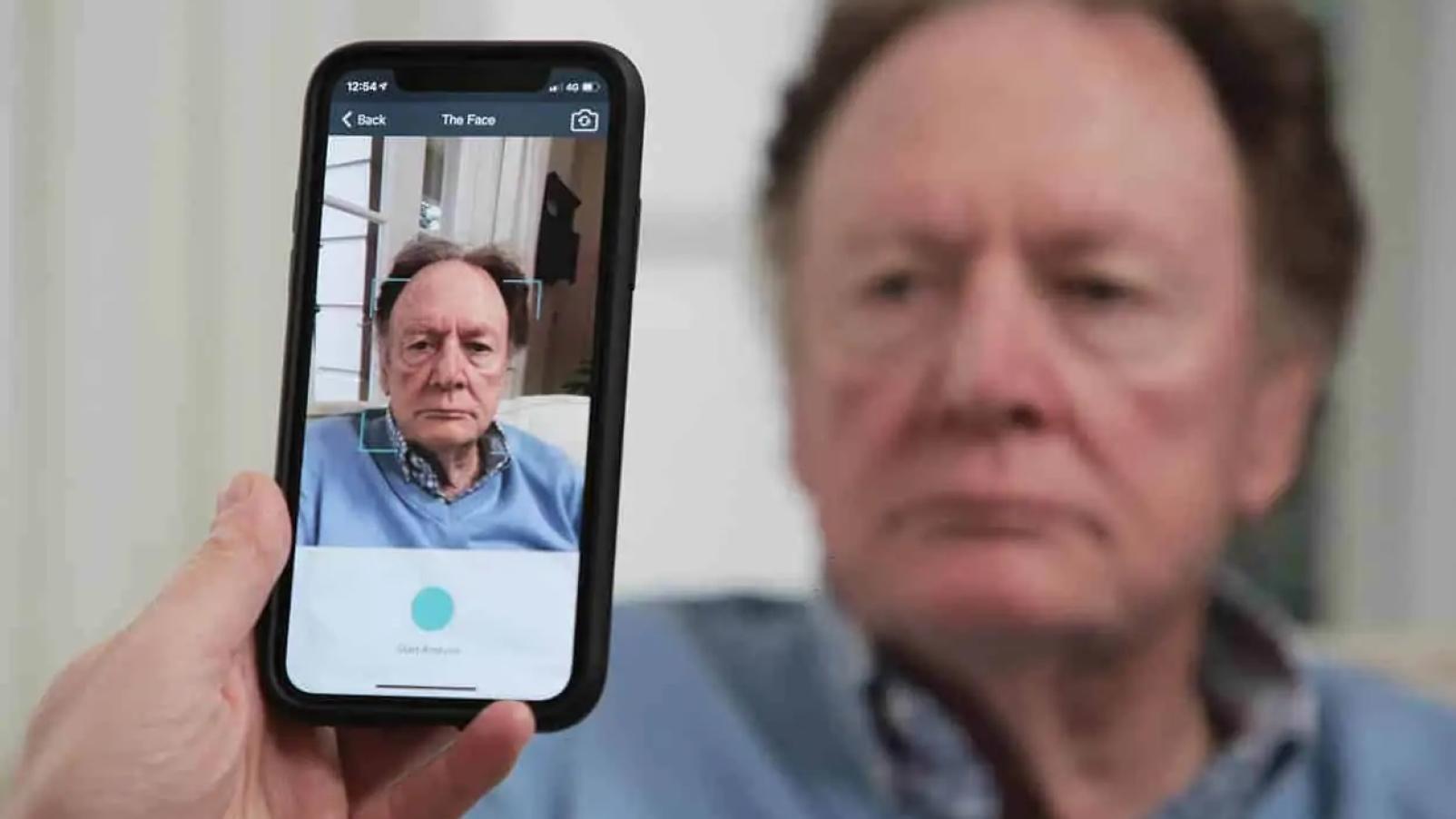Technology detecting pain in people living with dementia proves life-changing

Imagine being in pain but unable to communicate this to anyone.
That’s the situation that many people living with dementia in aged-care homes experience, however ground-breaking software incorporating AI-enabled facial recognition and analysis with smart-automation is helping to overcome this challenge.
A team of Curtin University researchers has pioneered the software that detects pain in people living with dementia, thanks in part to Dementia Australia Research Foundation funding.
In 2013 Professor Kreshnik Hoti, Professor Jeff Hughes and their PhD student Mustafa Atee, received a grant to develop an AI (artificial intelligence)-enabled pain assessment tool prototype in the form of a mobile device app.
The Sylvia and Charles Viertel Charitable Foundation supported the grant.
Fast-forward to today and that simple prototype has become PainChek®, a world-first clinically proven, technology enabled pain assessment tool.
Using a smartphone camera, the AI-enabled software recognises subtle facial muscle movements indicative of pain in people living with dementia who cannot verbally communicate.
Their carer then completes a series of digital checklists of other observed pain-related non-facial behaviours, which PainChek® uses to calculate an overall pain score.
In 2019, the Federal Government invested $5 million to have PainChek® implemented in aged-care homes around Australia.
It is also regulatory approved and being used in New Zealand, Canada, Singapore and the UK, with more than five million pain assessments completed to date.
From funding to fruition
Professor Hoti said receiving the Dementia Australia Research Foundation grant was a critical moment during a time when they were met with scepticism around the potential of AI and technology in this area.
“Now, it’s really satisfying to see the effects of our innovation in real-world clinical practice,” he said.
“Less people are silently suffering from pain; this is life changing for people living with dementia and their loved ones.”
Professor Hughes said the team was blown away that what began as a prototype was now helping people living with dementia on a mass scale.
“Aged-care homes have reported identifying pain in residents with behavioural changes where it was not suspected, and its treatment is resulting in behavioural improvement and reduced need for psychotropic drugs,” he said.
Dr Atee, who has risen from PhD student in 2012, to Research and Practice Lead at HammondCare's Dementia Centre, said the possibility of reducing pain for millions of people inspired them all to keep innovating.
“We always say to each other that easing the pain of one person is great but doing it for many people is a blessing,” he said. “Plus, we’re investing in our own future and that of our loves ones.”
If you would like to be involved in a research project into dementia, you can find all studies that are currently recruiting participants on our website.
The Dementia Australia Research Foundation relies on financial support from generous individuals and organisations committed to investment in dementia research. If you would like to help us to support more research into dementia with projects just like this one, you can donate to dementia research.
